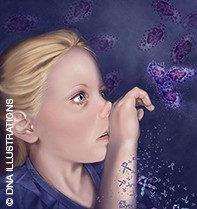Peer Reviewed
Feature Article Respiratory medicine
Allergic rhinoconjunctivitis returns: the new spring season 2013
Abstract
The prevalence of allergic rhinoconjunctivitis peaks in the spring and early summer months, the time of year when most plants flower and produce pollen. Allergy assessment continues to be a cornerstone for the diagnosis of allergic rhinoconjunctivitis.
Key Points
- Seasonal allergic rhinoconjunctivitis is caused by exposure to pollen and also moulds.
- Northern Hemisphere plants introduced into Australia generally produce larger quantities and more allergenic pollen than plants native to Australia.
- Patients with the condition should be asked about both seasonal and perennial allergic triggers as often both are important.
- The nasal and ocular symptoms of allergic rhinoconjunctivitis may be accompanied by systemic symptoms such as poor sleep quality, fatigue and irritability.
- Allergy assessment is the basis of diagnosis and is essential for the facilitation of immunotherapy.
- Most patients with asthma also have rhinitis, and 15 to 30% of patients with allergic rhinoconjunctivitis have concomitant asthma.
Purchase the PDF version of this article
Already a subscriber? Login here.

